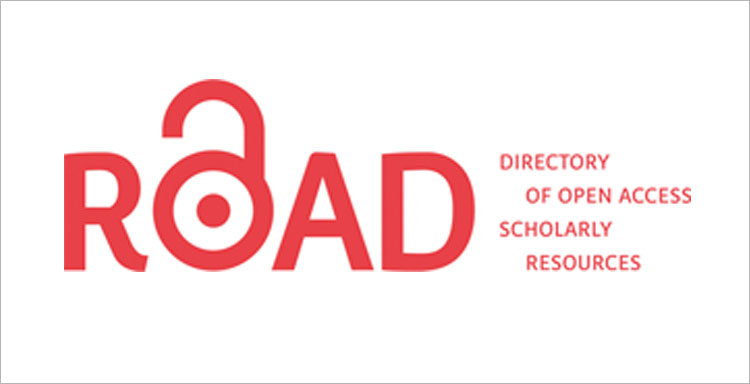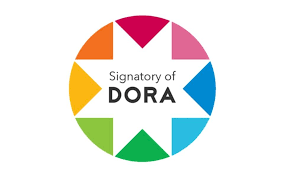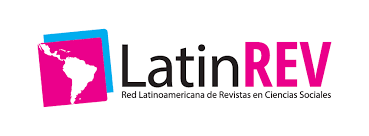Importance of communication between teachers and administrators in an Ecuadorian elementary school
DOI:
https://doi.org/10.56124/sapientiae.v8i16.009Keywords:
teacher-administrator communication, communication effectiveness, work experience, improvement actionsAbstract
Research on communication between administrators and teachers makes it possible to identify and address communication barriers, improve the work environment and optimize the fulfillment of educational functions. The objective of the research was to identify the importance of communication between teachers and administrators in an ecuadorian elementary school. The sample included 14 teachers and one administrative officer. A descriptive correlational design was used, applying a survey with a five-point Likert scale to measure the perception of institutional communication. Statistical methods included Cronbach's Alpha test to evaluate internal consistency and Somers' D coefficient to analyze the relationship between ordinal variables. The results showed deficiencies in the clarity and frequency of communication, with a significant percentage of respondents showing disagreement or neutrality. Work experience influenced perception, with the most experienced teachers having the highest rates of dissatisfaction. A critical need was identified to improve effectiveness in problem solving and participation in decision making. Recommendations included the implementation of a weekly newsletter, regular meetings, and communication skills training. These actions seek to improve cohesion and effectiveness in the school environment, contributing to a more positive work climate and student academic success.
Downloads
References
Achaari, S. (2022). Public Relations: A Tool for Scaffolding Effective Communication Between Moroccan University Professors and Higher Education Administrators. International Journal of Language and Literary Studies, 4(2), 303–317. https://doi.org/10.36892/ijlls.v4i2.944
Berry, K.J. & Johnston, J.E. (2023). Measures of Ordinal Association II. In: Statistical Methods: Connections, Equivalencies, and Relationships. Springer, Cham. https://doi.org/10.1007/978-3-031-41896-9_10
Espejo-Eslava, D. M., Flores-Huamán, C. A., Pérez-coronel, J. S., Santos-Arroyo, L. B., & Paredes-Pérez, M. A. J. (2022). Clima organizacional y engagement laboral en docentes de nivel secundaria en la región Junín.Gaceta Científica,8(3), 121–128. https://doi.org/10.46794/gacien.8.3.1526
Eze, V. H. U., Eze, C. E., Mbabazi, A., & Nnenna, U. J. (2023). Administrative Leaders’ Strategies as Correlates of Workers' Job Performance.Journal of Humanities and Social Sciences (JHASS),5(2), 101-113. https://doi.org/10.36079/lamintang.jhass-0502.562
Febrijanto, Y., & Kristanti, E. E. (2024). CONTEXTUAL TEACHING AND LEARNING (CTL) MODEL USING ‘REACH’COMMUNICATION PATTERNS TO IMPROVE STUDENT LEARNING OUTCOMES. Pedagogic Research-Applied Literacy Jornal, 1(2), 43-50.
Gil, N. M., & Sá, S. (2023). O papel de liderança dos coordenadores de departamento curricular.Altus Ciência,16(16), 216-265. http://revistas.fcjp.edu.br/ojs/index.php/altusciencia/article/view/69
Juhji, J., Ma’mur, I., Nugraha, E., Nurhadi, A., & Tarihoran, N. (2022). A Meta-Analysis study of principal leadership and teacher job satisfaction. AL-ISHLAH Jurnal Pendidikan, 14(2), 1645–1652. https://doi.org/10.35445/alishlah.v14i2.1498
Junger, A. P., de Oliveira, V. I., Yamaguchi, C. K., de Oliveira, M. A. M. L., de Aguiar, H. M., & de Lima, B. L. S. (2023). The role of school management in technological practices as a tool for futuristic teaching.Revista De Gestão E Secretariado,14(7), 10749–10765. https://doi.org/10.7769/gesec.v14i7.2426
Khasawneh, M. A. S. (2021). The degree of practicing effective communication skills among teachers of learning disabilities in English language from their point of view.Journal Educational Verkenning,2(2), 1-9. http://hdpublication.com/index.php/jev/article/view/126
Meyer, A., Hartung-Beck, V., Gronostaj, A., Krüger, S., & Richter, D. (2022). How can principal leadership practices promote teacher collaboration and organizational change? A longitudinal multiple case study of three school improvement initiatives. Journal of Educational Change, 24(3), 425–455. https://doi.org/10.1007/s10833-022-09451-9
Olsen, A., & Huang, F. (2019). Teacher job satisfaction by principal support and teacher cooperation: Results from the Schools and Staffing Survey.Education Policy Analysis Archives,27, 11. https://doi.org/10.14507/epaa.27.4174
Olugbo, M. A., Obienu, A. C., & Amadin, F. I. (2023). Impact of Effective Communication on Institutional Performance: Case Study in Higher Learning Institutions. Journal of Education, Society and BehavioralScience, 36(10), 28-44.https://doi.org/10.9734/jesbs/2023/v36i101264
Raju, T. (2024).Effects of School Culture on Learner Well-being and Academic Achievement(Tesis Doctoral, Johns Hopkins University).
Salamondra, T. (2021). Effective communication in schools.BU Journal of Graduate Studies in Education,13(1), 22-26. https://files.eric.ed.gov/fulltext/EJ1303981.pdf
Sanina, A., Balashov, A., Rubtcova, M., & Satinsky, D. M. (2017). La efectividad de los canales de comunicación en la comunicación gubernamental y empresarial. InformationPolity: The International Journal of Government & Democracy in the Information Age, 22(4), 251–266. https://doi.org/10.3233/IP-170415
Shin, J., & Shin, M. (2016). ¿Estar conectado o no estar conectado? Sobrecarga de mensajería móvil, fatiga y rechazo móvil. Ciberpsicología, comportamiento y social Gestión de redes, 19(10), 579–586. https://doi.org/10.1089/cyber.2016.0236
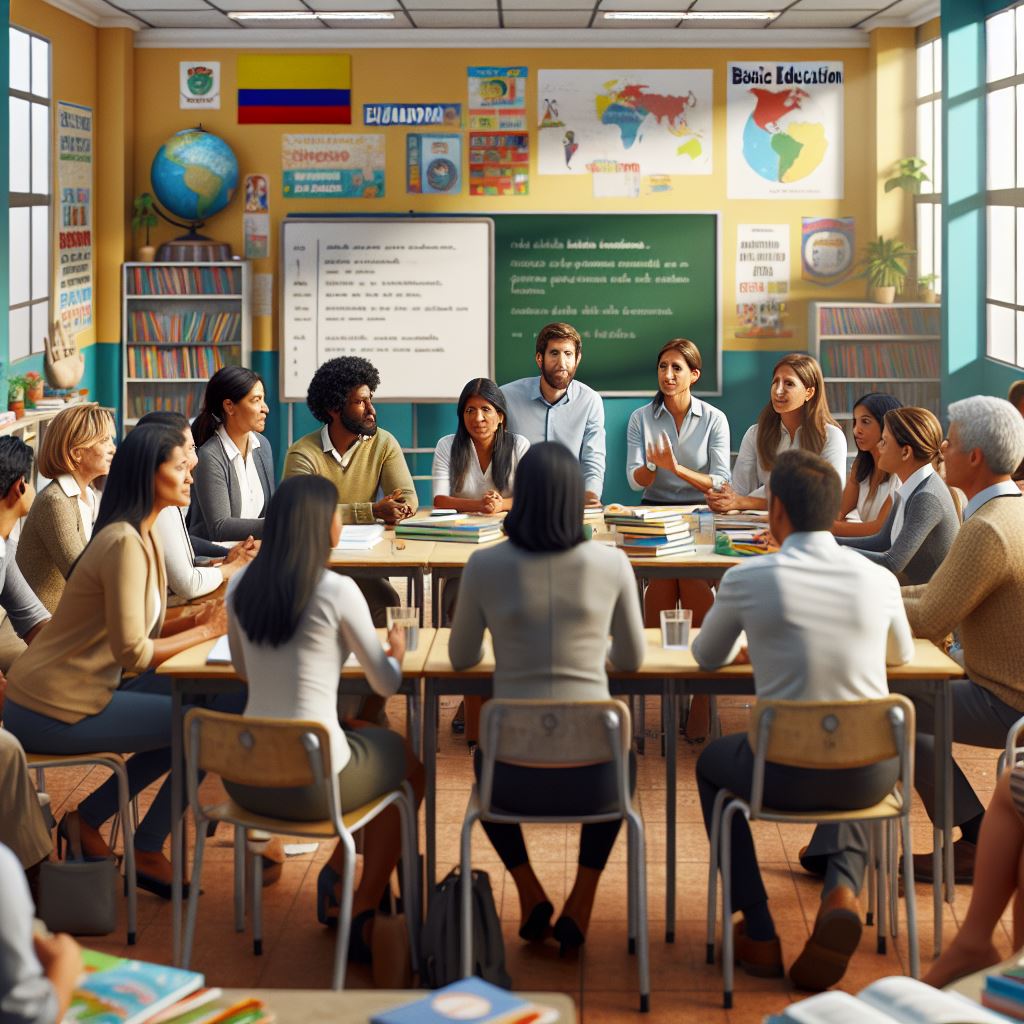
Published
How to Cite
Issue
Section
License
Copyright (c) 2024 Revista Científica Multidisciplinaria SAPIENTIAE. ISSN: 2600-6030.

This work is licensed under a Creative Commons Attribution-NonCommercial-ShareAlike 4.0 International License.
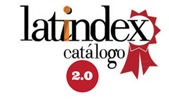
2.jpg)


